Understanding Plate Tectonics Lab
Image

This lab will only work if you have Java on your computers. It should work fine on Windows machines.

This lab will only work if you have Java on your computers. It should work fine on Windows machines.
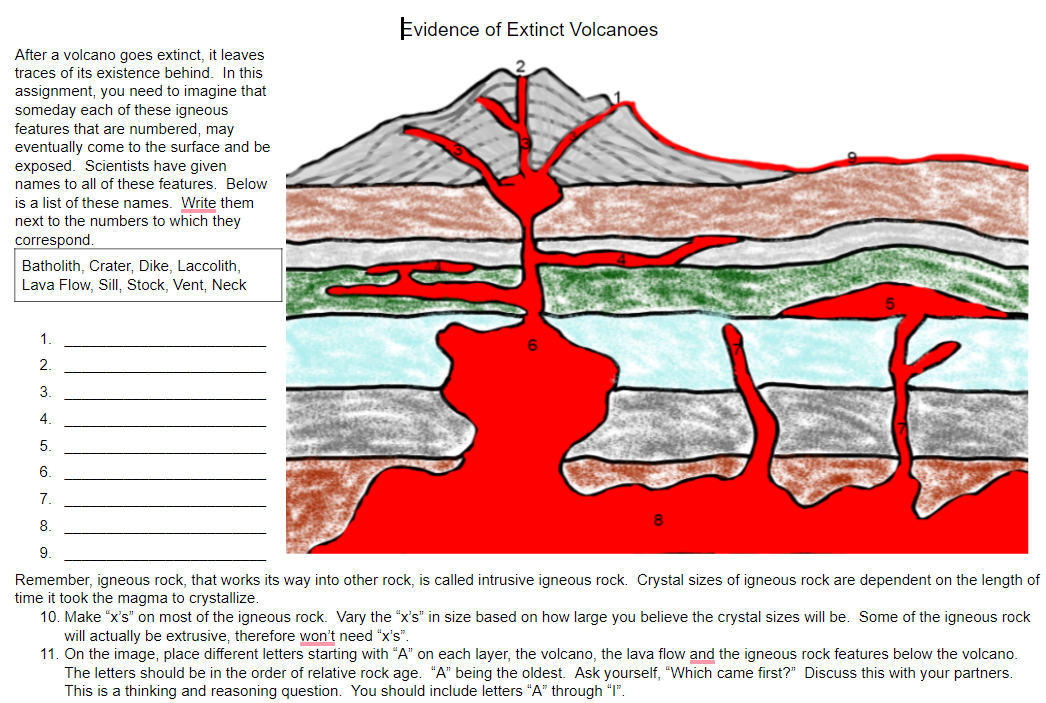
In this Earth Science/Geology assignment, students will gain a better understanding of igneous rock formation and the evidence left behind when a volcano goes extinct. Students will label a diagram that contains: a batholith, a crater, dikes, a laccolith, a lava flow, sills, a stock, a vent, and a volcanic neck.
Students will reinforce the concept of intrusive and extrusive igneous rocks by placing representations of relative crystal sizes on the diagram.
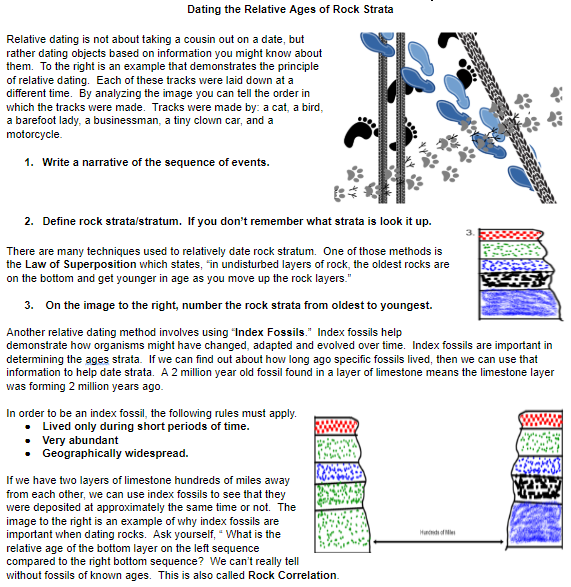
In this student self-guided Earth Science activity, students will read about and work their way through the different techniques used in Relative Dating.

In this self-guided activity, students will gain an understanding of how to interpret basic to advanced weather station models. They will read barometric pressure examples and interpret whether the barometer is rising or dropping. Students will learn what many of the symbols on station models represent. Students will take real station model data from 2017 from around the country. They will have to interpret the temperature, dew point, wind speed in knots, wind direction, millibar pressure, change in MB, sky cover, visibility, and precipitation.
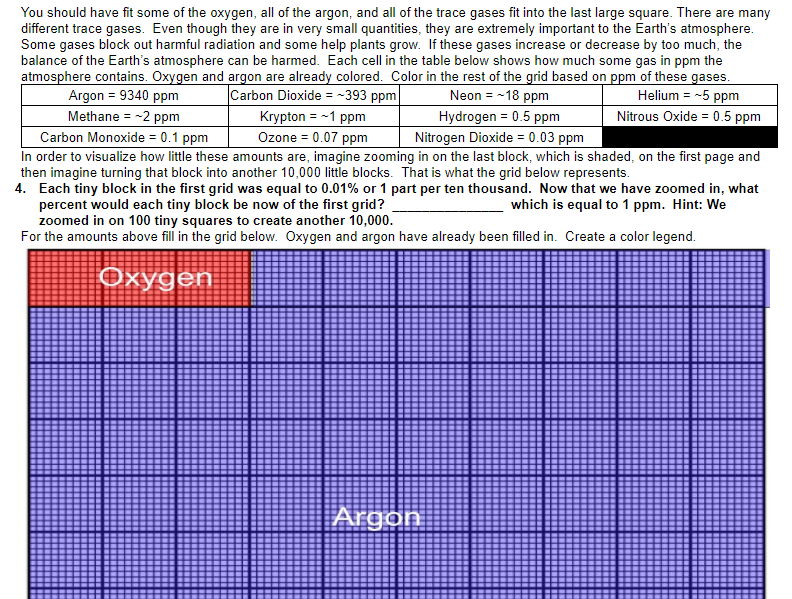
In this Earth Science activity, students will gain a better understanding of what gases the atmosphere is made out of. Students will need to work some math problems out, converting percents and decimal places to determine ppm, parts per million. Students will gain an understanding that greenhouse gases make up such a small amount of the atmosphere, but are extremely important in keeping the temperature balance in check.
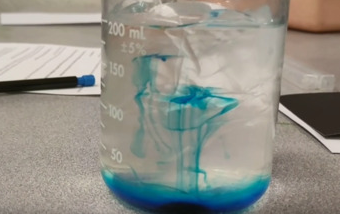
At the beginning of science courses, usually, the scientific method is taught. My high school students have to demonstrate their knowledge of the scientific processes and especially show understanding in data collection, variables, and conclusions. This document contains the rubric I use to grade their assignment as well as the student instructions that I give. This is in a Google doc so that you can edit the instructions or manipulate the rubric. You can see more and get earth science lessons and activities at http://EarthScience.xyz
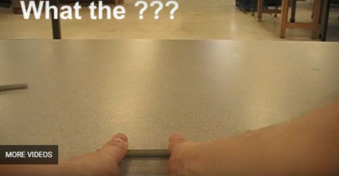
This science lab can be used in any of the science disciplines because it is going to help students learn how to read a meter tape. Students will learn what the Magnus Effect is and how to demonstrate the Magnus Effect by "flying" a hollowed-out "Bic" pen across the classroom. Students will also learn how to create a spreadsheet and then add a formula that will automatically calculate the average of their pen flight distances. I use this lab at the beginning of the year to get students excited about science as well.
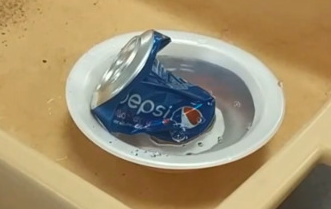
In this Earth Science lab, students will crush a soda can using atmospheric pressure. This is a common science experiment with a twist. In this version, students will calculate the total air pressure found on the outside of the can. The kids will take the surface area formula of a cylinder and find out about how many pounds of air is sitting on top of and around the can. This lab also attempts to incorporate math into a science class.